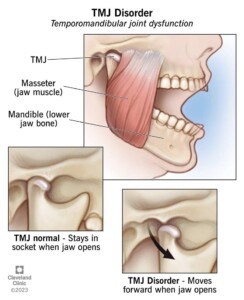Having implant-retained teeth can be a real game-changer, restoring not only your smile but also your confidence. However, one of the biggest challenges is keeping these dental implants clean. Food tends to get stuck underneath the bottom appliance, whether it’s a bridge, denture, or other type of dental appliance, and it can be incredibly hard to get out. Your tongue just can’t reach those tight spots, and traditional brushing and flossing often fall short.
That’s where the water flosser, specifically models like the Waterpik, comes in as a lifesaver. Using a water flosser has revolutionized the way I maintain my dental hygiene, allowing me to remove stubborn food particles in just seconds. In this article, I’ll share my experiences and provide practical tips on how to clean All-on-4 dental implants, dental bridges, and general implant care to keep your mouth healthy and your smile bright.

Understanding Dental Implants and Bridges
Dental implants and bridges are fantastic solutions for replacing missing teeth, but they come with their own set of challenges, especially when it comes to cleaning. All-on-4 dental implants, for example, are a popular choice for many because they provide a stable and permanent solution. These implants consist of a full set of artificial teeth supported by four implants in the jaw. Similarly, dental bridges replace one or more missing teeth by anchoring artificial teeth to adjacent natural teeth or implants.
While these dental solutions are durable and look great, maintaining them requires diligent care. Plaque and food particles can easily accumulate under the bridge or around the implant sites, leading to potential gum disease and other complications if not properly cleaned.
For more detailed information on the types and benefits of these implants, check out this comprehensive guide on All-on-4 Dental Implant Retained Dentures.
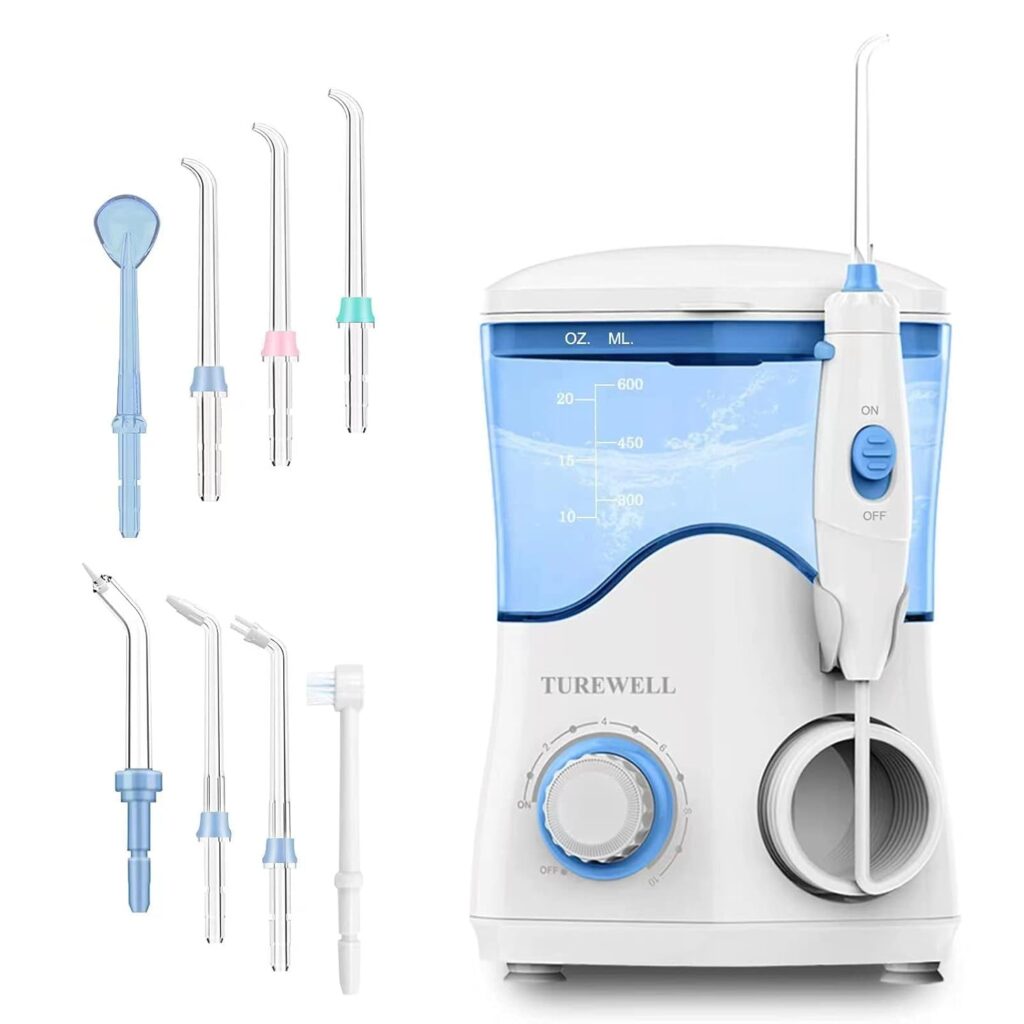
Common Challenges in Cleaning Dental Implants and Bridges
One of the most frustrating aspects of having dental implants or bridges is dealing with food getting stuck underneath the appliance. This can happen frequently and is not just an inconvenience but also a risk for your dental health. Traditional methods like brushing and flossing often don’t reach the spaces under the implants or bridges effectively.
Why Food Gets Stuck:
- Design: The design of dental implants and bridges creates small gaps and crevices where food particles can easily get lodged.
- Location: These gaps are often in areas that are hard to reach with a toothbrush or dental floss, making them prone to plaque buildup and potential gum issues.
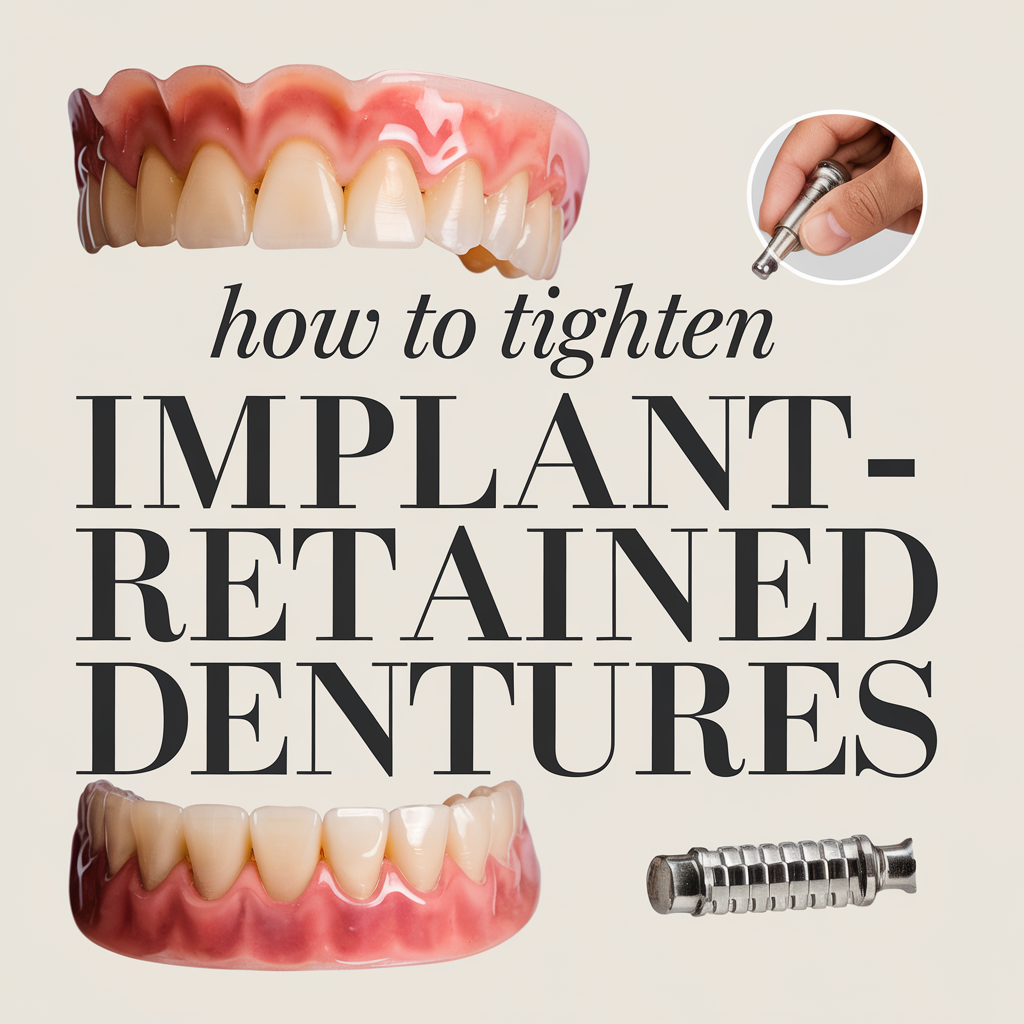
The problem isn’t just about comfort; it’s about preventing infections and maintaining overall oral health. When food particles stay trapped under your dental appliance, they can lead to bad breath, gum irritation, and even infections if not properly cleaned out.
For more on maintaining the cleanliness and health of your implant-retained dentures, this essential guide might be useful: The Essential Guide to Cleaning Implant Retained Dentures.
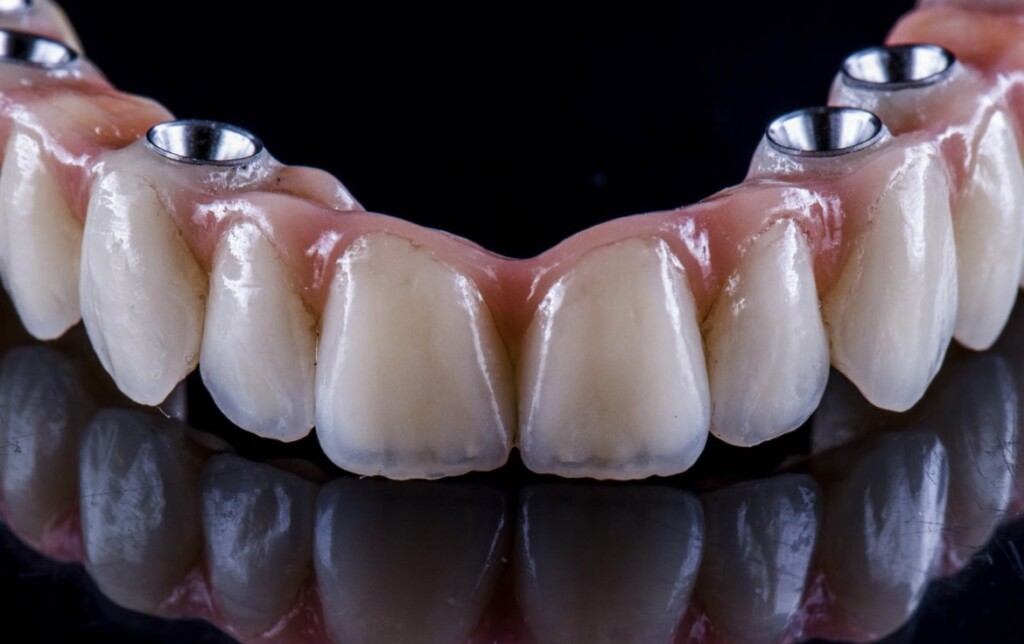
How to Clean All-on-4 Dental Implants
Cleaning All-on-4 dental implants effectively requires more than just regular brushing. Here’s a detailed, step-by-step guide on how to keep your implants spotless and healthy:
Step 1: Use a Soft-Bristled Toothbrush
Start your cleaning routine with a soft-bristled toothbrush. This type of brush is gentle on your gums and the implant structures, effectively removing surface plaque and food particles without causing damage.
- Technique: Hold your toothbrush at a 45-degree angle to your gums. Gently brush in circular motions, ensuring you cover all surfaces of the implants and surrounding gum tissue. Don’t forget to brush the chewing surfaces and the backs of your teeth as well.
Step 2: Incorporate Interdental Brushes
Interdental brushes are small brushes designed to clean between teeth and around implants. They are especially useful for reaching tight spaces that a regular toothbrush can’t access.
- Technique: Gently insert the interdental brush between your implants and move it back and forth to dislodge any trapped food particles and plaque. Choose a brush size that fits comfortably between your implants without forcing it.
Step 3: Floss Carefully
While traditional flossing can be challenging with implants, specially designed implant floss can be very effective. This type of floss is thicker and can clean around the implant posts more efficiently.
- Technique: Use implant floss by threading it through the gap between your implants and gums. Gently slide the floss back and forth to clean the sides of the implants and under the gumline. Be careful not to snap the floss, as this can damage your gums.
Step 4: Use a Water Flosser
A water flosser, such as the TUREWELL FC162 Water Dental Flosser, is an invaluable tool for cleaning All-on-4 dental implants. Water flossers use a stream of water to remove food particles and plaque from areas that are difficult to reach with a toothbrush or traditional floss.
- Technique: Fill the water flosser’s reservoir with lukewarm water. Select an appropriate pressure setting (start with a lower setting if you’re new to using a water flosser). Direct the water jet at the gumline and the spaces around your implants. Move the flosser tip along the gumline and between the implants, making sure to clean all sides thoroughly.
The TUREWELL FC162 model is particularly effective because it offers 10 pressure levels and 8 different water jet tips, allowing you to customize the cleaning process for your comfort and needs. Using this water flosser daily can significantly improve your oral hygiene, ensuring your All-on-4 dental implants remain clean and healthy.
By following these steps, you can maintain excellent oral hygiene and extend the lifespan of your All-on-4 dental implants. Regular cleaning prevents plaque buildup, reduces the risk of gum disease, and keeps your smile looking its best.

How to Clean Under Dental Bridges
Cleaning under dental bridges can be a bit more challenging than cleaning natural teeth, but it’s crucial for preventing gum disease and decay around the bridge. Here’s how you can effectively clean under your dental bridge:
Step 1: Use a Soft-Bristled Toothbrush
Begin by brushing your teeth and dental bridge with a soft-bristled toothbrush. This will help remove surface plaque and food debris.
- Technique: Hold the toothbrush at a 45-degree angle to the gumline. Use gentle, circular motions to clean the surface of the bridge and the surrounding teeth. Make sure to brush all sides of the bridge, including the chewing surface and the underside if accessible.
Step 2: Use Interdental Brushes
Interdental brushes are perfect for cleaning the spaces between your natural teeth and under the dental bridge. They help remove plaque and food particles that your toothbrush might miss.
- Technique: Select an interdental brush that fits comfortably under your bridge. Gently insert it and move it back and forth to clean the space thoroughly. Interdental brushes are particularly useful for cleaning the sides of the bridge and reaching areas that floss cannot.
Step 3: Floss with Specialized Tools
Flossing under a dental bridge can be tricky with regular dental floss, so using a floss threader or super floss is recommended. These tools help you get the floss under the bridge and clean effectively.
- Technique: Thread the floss under the bridge using a floss threader. Once the floss is in place, move it back and forth to clean under the bridge. Make sure to floss around the supporting teeth as well to keep them free of plaque and debris.
Step 4: Use a Water Flosser
A water flosser is highly effective for cleaning under dental bridges. The strong water jet can reach areas that are difficult to clean with a toothbrush and floss alone.
- Product Recommendation: Consider using the Waterpik Cordless Advanced Water Flosser for an efficient and thorough cleaning. This model is portable, rechargeable, and ADA accepted, making it an excellent choice for maintaining dental hygiene at home and on the go.
- Technique: Fill the water flosser with lukewarm water and select a comfortable pressure setting. Direct the water jet at the gumline and under the bridge, moving it along the length of the bridge to dislodge food particles and plaque. Make sure to clean both sides of the bridge thoroughly.

Using a water flosser daily can make a significant difference in maintaining the cleanliness of your dental bridge. The Waterpik Cordless Advanced Water Flosser, with its multiple pressure settings and portability, provides a convenient and effective solution for keeping your bridge and surrounding teeth clean.
For more comprehensive tips on maintaining dental bridges, you can also refer to resources like Understanding All-on-Four Dental Bridges: Adjusting to Your New Smile.
By following these steps and incorporating these tools into your daily routine, you can ensure that your dental bridge stays clean and your gums remain healthy. Proper maintenance of your dental bridge not only improves your oral hygiene but also enhances the longevity of the bridge, keeping your smile bright and confident.

Benefits of Using Water Flossers for Dental Implants and Bridges
Water flossers have become an essential tool for maintaining oral hygiene, especially for those with dental implants and bridges. Here’s why using a water flosser can be a game-changer for your dental care routine:
Effective Plaque and Food Particle Removal
One of the primary benefits of using a water flosser is its ability to remove plaque and food particles from hard-to-reach areas. Traditional brushing and flossing often fail to clean the tiny crevices around dental implants and under bridges effectively.
- Why It Works: A water flosser uses a stream of pulsating water to dislodge food particles and plaque from between teeth and along the gumline. This is especially useful for cleaning under dental bridges and around implant posts where food tends to get stuck.
We have a nice guide on DIY replacement of the locator inserts you can also check out!
Gentle on Gums and Implants
Water flossers are gentle on your gums and dental appliances, reducing the risk of damage while ensuring thorough cleaning.
- Comfort: The water jet can be adjusted to different pressure settings, allowing you to customize the intensity based on your comfort level. This is particularly beneficial for people with sensitive gums or new implants.
- Product Recommendation: The TUREWELL FC162 Water Dental Flosser offers 10 pressure levels and multiple water jet tips, making it suitable for everyone, from beginners to experienced users.
Improved Gum Health
Regular use of a water flosser can significantly improve gum health. It helps to reduce inflammation and bleeding by effectively removing bacteria and debris from the gumline.
- Clinical Evidence: Studies have shown that water flossers are more effective at reducing gingivitis and gum bleeding compared to traditional flossing.
Convenience and Ease of Use
Water flossers are easy to use and can be integrated into your daily oral care routine without much hassle.
- Time-Efficient: Using a water flosser typically takes less time than traditional flossing, making it a convenient option for busy individuals.
- Portable Options: For those who travel frequently, portable models like the Waterpik Cordless Advanced Water Flosser are a great choice. It’s rechargeable, waterproof, and comes with a travel bag, ensuring you can maintain your dental hygiene on the go.
Better Cleaning for Orthodontic Appliances
If you have braces or other orthodontic appliances in addition to dental implants, a water flosser is particularly beneficial.
- Multi-Use: Water flossers can clean around brackets, wires, and other orthodontic components, reducing the risk of plaque buildup and tooth decay.
Using a water flosser daily can make a significant difference in your overall oral hygiene. It provides a thorough cleaning that traditional methods often miss, ensuring your dental implants and bridges remain free of debris and plaque.
For more insights on maintaining dental implants and bridges, check out related articles like My Implant Retained Denture Journey: Day 5 Update and Dental Triumph and Embracing a New Smile: My Three-Week Journey with Full Mouth Implant Retained Bridges.
By incorporating a water flosser into your daily routine, you can ensure a higher standard of oral care, leading to healthier gums, cleaner implants, and a more confident smile.
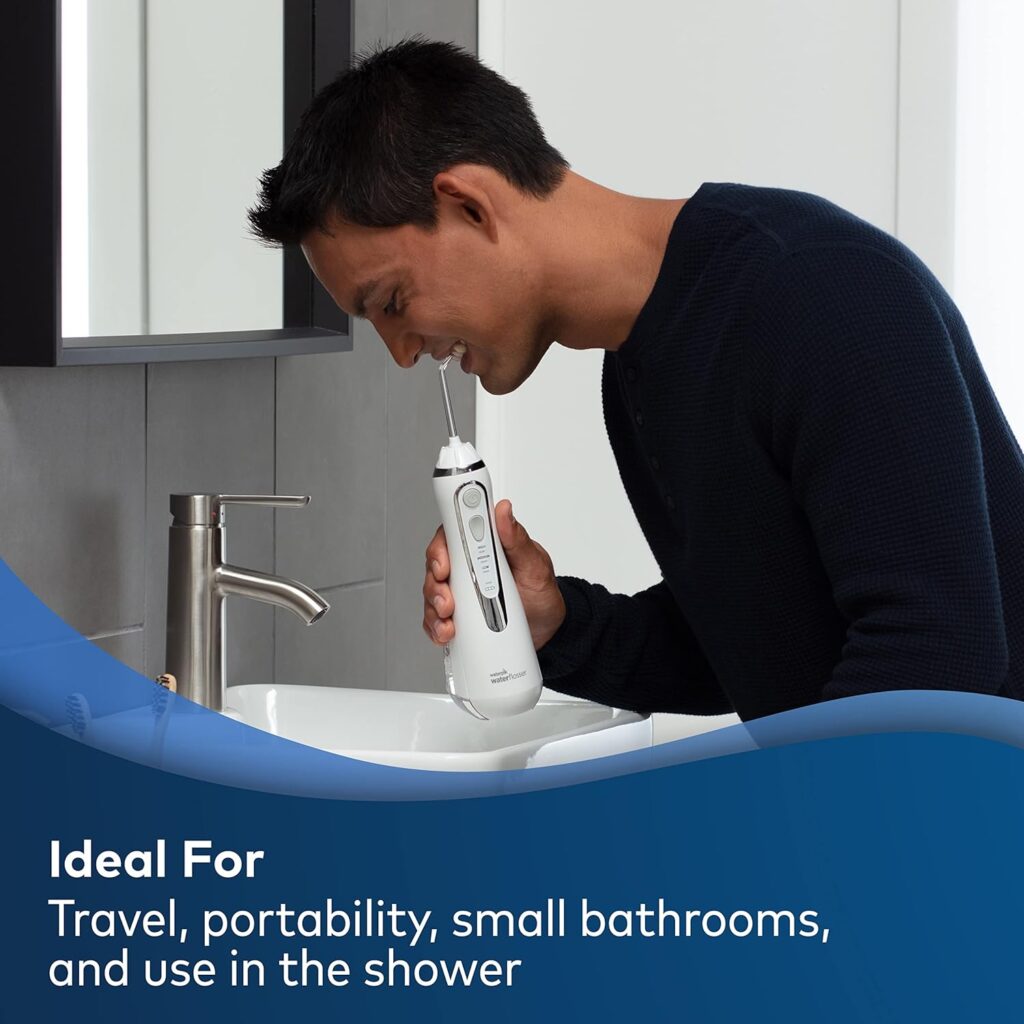
Additional Tips for Dental Implant Care
Maintaining dental implants and bridges requires more than just regular brushing and flossing. Here are some additional tips to ensure your dental appliances stay clean and healthy:
Adopt a Consistent Oral Hygiene Routine
A consistent daily oral hygiene routine is vital for keeping your implants and bridges in top condition.
- Brush Twice Daily: Use a soft-bristled toothbrush and a non-abrasive toothpaste to brush your teeth at least twice a day. This helps remove plaque and prevent the buildup of tartar around your implants and bridges.
- Floss Daily: Regular flossing is essential, but with implants and bridges, using tools like floss threaders or super floss is recommended to get into those hard-to-reach areas.
Use Antibacterial Mouthwash
Incorporating an antibacterial mouthwash into your routine can help reduce bacteria and maintain oral health.
- Rinse After Meals: Use an antibacterial mouthwash to rinse your mouth after meals. This helps to eliminate any remaining food particles and bacteria, reducing the risk of infection and gum disease.
Regular Dental Check-Ups
Regular dental visits are crucial for monitoring the health of your implants and bridges and ensuring any potential issues are addressed promptly.
- Frequency: Schedule dental check-ups at least twice a year. During these visits, your dentist will examine your implants and bridges for any signs of trouble and perform professional cleanings.
- Professional Cleaning: Your dentist can provide deep cleaning services that remove plaque and tartar buildup that regular brushing and flossing may miss.
Consider Using Interdental Brushes
Interdental brushes are effective for cleaning between teeth and around implants.
- Technique: Gently insert the interdental brush between your teeth and implants. Move it back and forth to remove any debris. These brushes come in various sizes, so choose one that fits comfortably in the spaces around your implants and bridges.
Stay Hydrated
Keeping your mouth moist is essential for overall oral health.
- Drink Plenty of Water: Staying hydrated helps wash away food particles and bacteria, reducing the risk of dry mouth and gum disease.
Avoid Hard and Sticky Foods
Certain foods can damage your implants and bridges or get stuck in hard-to-clean areas.
- Food to Avoid: Steer clear of hard foods like nuts and ice, and sticky foods like caramel and chewing gum, which can damage your dental appliances or make cleaning more difficult.
For additional guidance and tips on maintaining your dental implants and bridges, check out The Essential Guide to Cleaning Implant Retained Dentures and Understanding All-on-Four Dental Bridges: Adjusting to Your New Smile.
By following these tips, you can ensure that your dental implants and bridges remain clean and healthy, reducing the risk of complications and prolonging their lifespan. Consistent care and regular professional check-ups are key to maintaining a beautiful, confident smile.
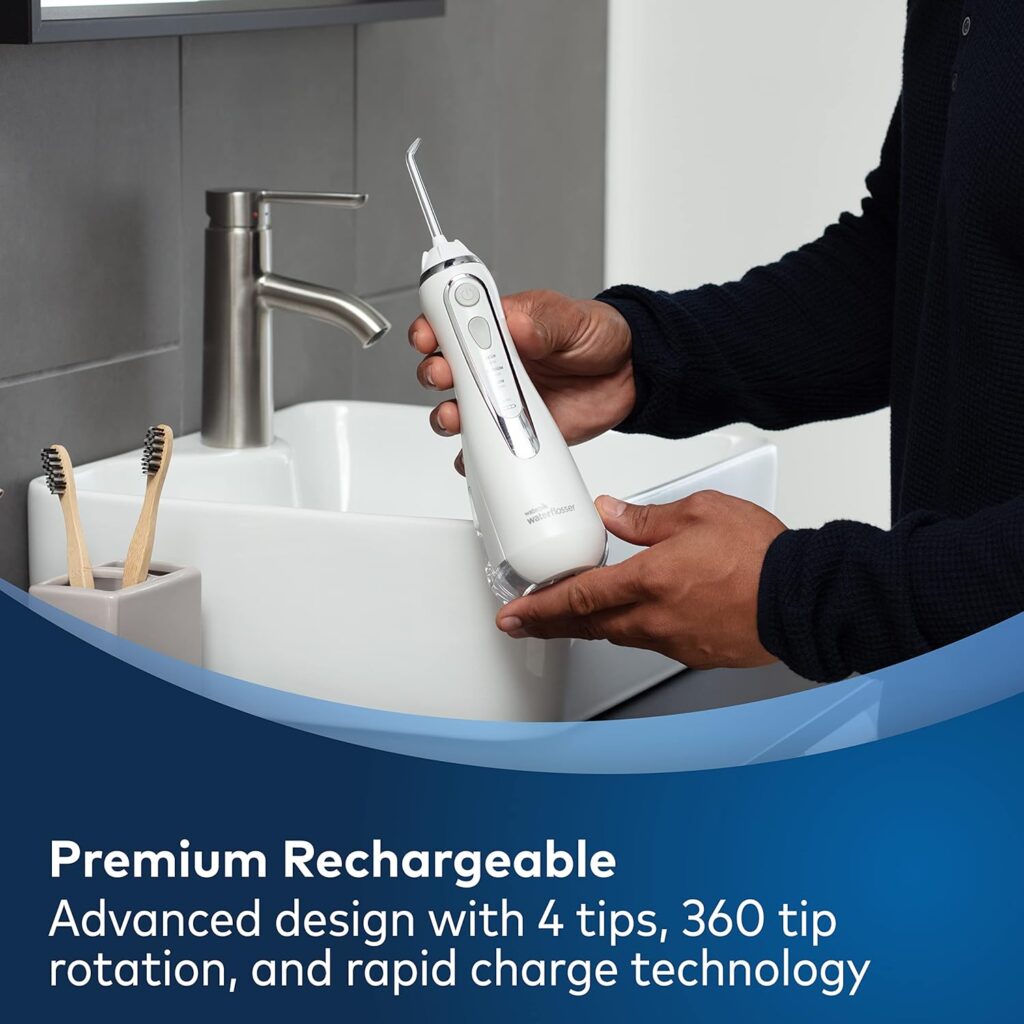
Maintaining proper oral hygiene for your dental implants and bridges is crucial for ensuring their longevity and your overall dental health. By incorporating the right tools and techniques into your daily routine, you can keep your implants and bridges clean, reduce the risk of gum disease, and enjoy a bright, healthy smile.
Water flossers have proven to be a particularly effective tool for cleaning around dental implants and under bridges. Models like the TUREWELL FC162 Water Dental Flosser and the Waterpik Cordless Advanced Water Flosser offer customizable pressure settings and portability, making them ideal for thorough cleaning and maintaining oral hygiene at home or on the go.
Key Takeaways:
- Understand Your Appliances: Know the specific cleaning requirements for your All-on-4 dental implants and dental bridges.
- Use the Right Tools: Incorporate water flossers, interdental brushes, and specialized floss into your cleaning routine to reach difficult areas.
- Maintain a Routine: Brush and floss daily, use antibacterial mouthwash, and stay hydrated to keep your mouth healthy.
- Regular Check-Ups: Schedule regular dental visits for professional cleanings and to monitor the health of your implants and bridges.
- Avoid Harmful Foods: Stay away from hard and sticky foods that can damage your dental appliances.
For further insights and detailed guides on related topics, you might find these articles helpful:
- TMJ Relief: Best DIY Pain Management Tips
- Broken Dentures: Discover the DIY Repair Kit That Saves the Day
- Embracing a New Smile: My Three-Week Journey with Full Mouth Implant Retained Bridges
- My Implant Retained Denture Journey: Day 5 Update and Dental Triumph
By following these guidelines and using the recommended products, you can ensure that your dental implants and bridges remain in excellent condition, giving you the confidence to smile brightly every day.
If you have the locator insert retention caps, check out our article on how to tighten them and even DIY at home!
As an Amazon Associate we earn from qualifying purchases through some links in our articles.



